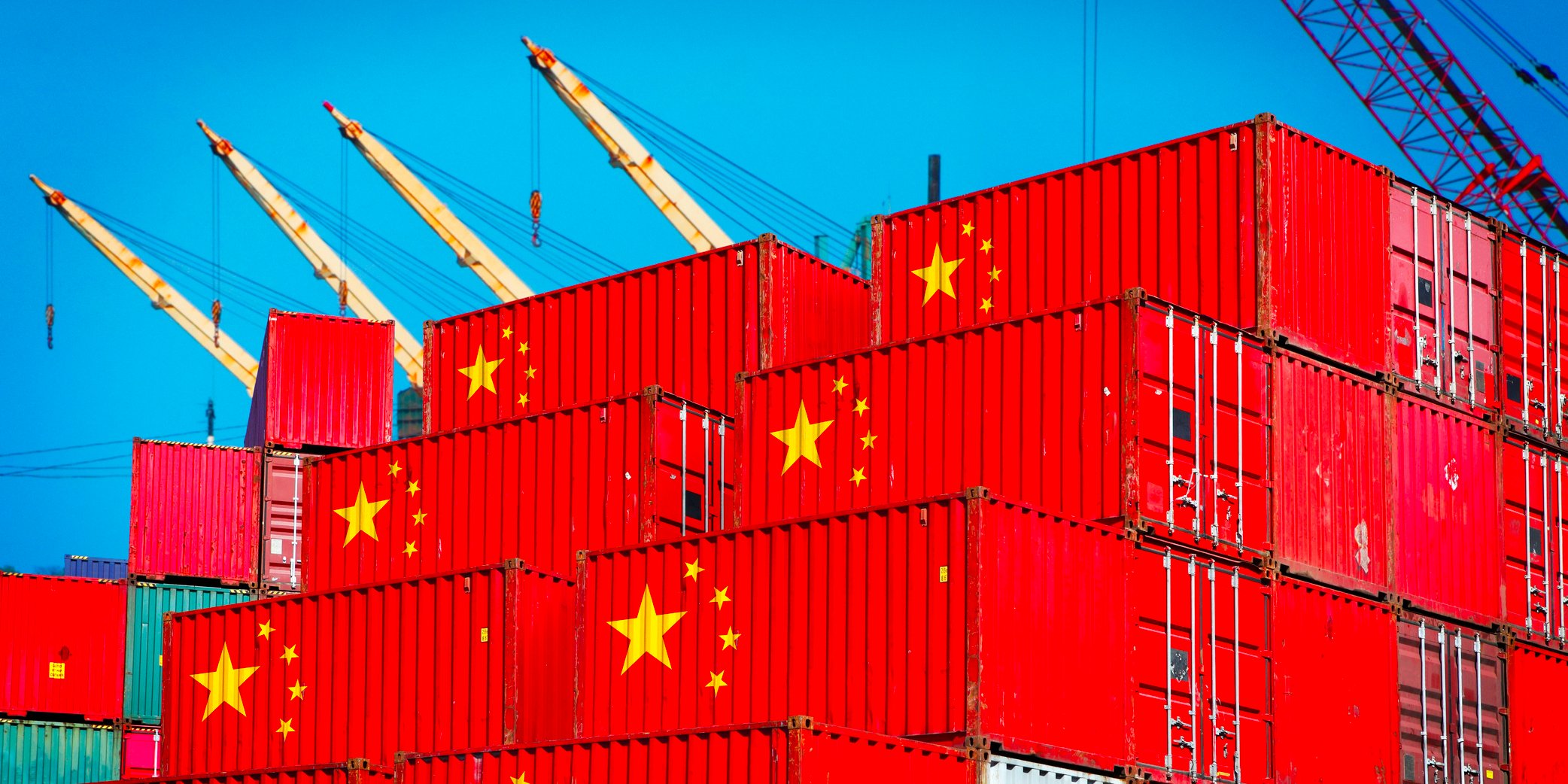Discussions around large current account imbalances among systemically relevant economies as a threat to the stability of the global economy faded out in the aftermath of the global financial crisis. More recently, some signs of a possible resurgence of rising imbalances have brought back attention to the issue, Otaviano Canuto, executive director of World Bank said.
For five years now, the International Monetary Fund has produced an annual report on the evolution of global external imbalances—current account surpluses and deficits—and the external positions—stocks of foreign assets minus liabilities—of 29 systemically significant economies. Results for 2015 showed a moderate increase of global imbalances, after they had narrowed in the aftermath of the global financial crisis and stabilized in the interim (IMF, 2016), news outlets reported.
The evolution of imbalances in 2015 is explained by the IMF as mostly reflecting three major drivers:
First, the recovery among advanced economies proceeded in an asymmetric fashion. Stronger recoveries in the US and the UK relative to the eurozone and Japan led to divergence in expected paths for monetary policies and appreciation of the dollar and sterling (pre-Brexit). The deficits of the US and UK widened whereas surpluses increased in Japan and both debtor and creditor countries of the eurozone.
Second, the fall of commodity prices—especially oil—transferred income from commodity exporters to importers. Overall however, it made only moderate contribution to narrowing imbalances.
Third, prospects of monetary policy normalization in the US, as well as bouts of fears about the softness of China’s rebalancing, contributed to a slowdown of capital inflows and depreciation pressures in emerging markets, Canuto said.
Deficits
All in all, larger US deficits and augmented surpluses in Japan, the eurozone and China more than compensated for smaller surpluses in oil exporters and smaller deficits in deficit emerging markets and eurozone debtor countries. Hence, global current account imbalances widened last year, even if “moderately”.
A picture of higher global imbalances, however, emerges if one focuses on the rising surpluses of two systemically relevant groups of economies. Reports show how in the eurozone, deficits in debtor countries have shrunk in tandem with the maintenance of surpluses in creditor countries (slightly increasing in the case of Germany).
While the net foreign asset position (liabilities) of debtors has not diminished as much, their current account adjustment has added to the soaring surpluses the eurozone as a whole runs with the rest of the world.
Era of Imbalances
On the one hand, credit-driven, asset bubble-led growth in the US, along with wealth effects, intensified the existing trend of domestic absorption (particularly consumption) growing faster than GDP. This resulted in falling personal saving rates and increasing current account deficits.
On the other hand, the accelerated structural transformation and rapid growth in China, led to high and rising savings and investments and producing ever larger current account surpluses.
Two caveats about these distinctive-yet-combined processes are needed. First, the bilateral US deficit with China in the period shrinks by a third when measured in terms of value added, as China became a “hub or a stroke” of value chains with intermediate stages supplied from abroad. The US-China bilateral imbalance therefore constituted outlets for production beyond China.
Second, while often linked as mirror images of each other—as in the hypothesis of an Asian “savings glut” causing low interest rates and asset price hikes in the US—the US asset bubbles were more strongly associated to the “excess elasticity of the international monetary and financial system”, rather than to Asian current account surpluses.


